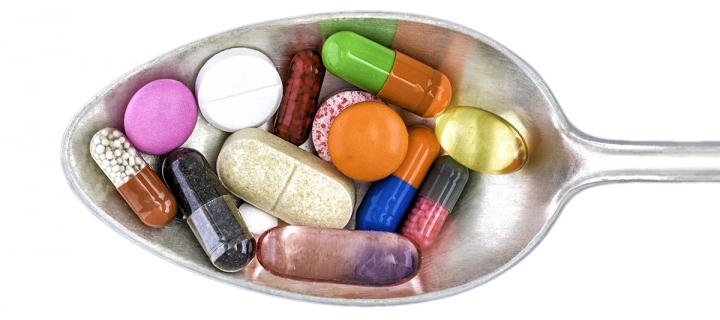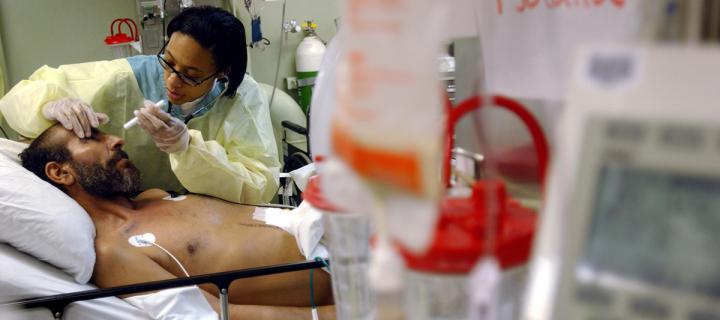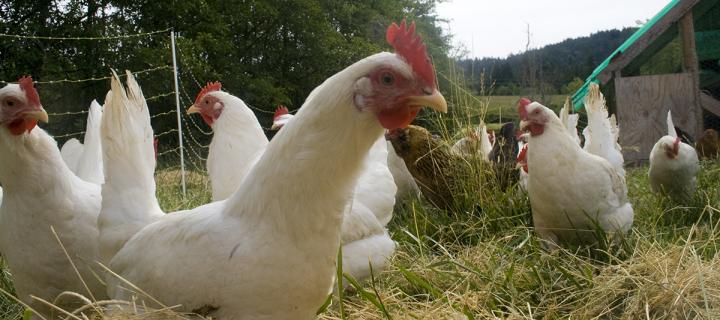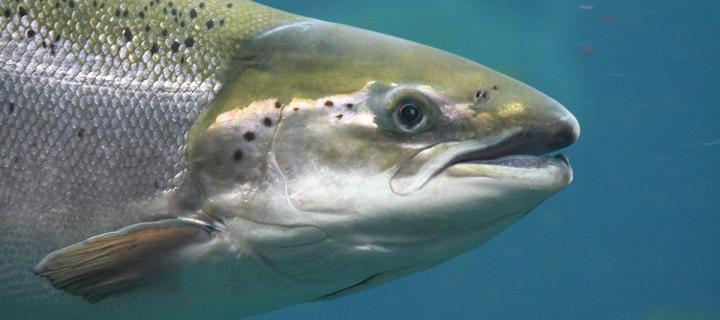Antibiotic alternatives and vaccine development
An area of significant research strength in Edinburgh is the investigation of alternatives to antibiotics for controlling infections, from modulation of the host immune response to development of novel vaccines

Summary
Theme leader: Professor David Dockrell
Professor David Dockrell
Chair of Infection Medicine
- Centre for Inflammation Research, Queen's Medical Research Institute
- College of Medicine and Veterinary Medicine
Contact details
- Email: david.dockrell@ed.ac.uk
Building on core strengths in host-pathogen interactions and immunology, Edinburgh scientists are investigating novel therapeutics based on enhanced understanding of the immune response to infection. Particular interests lie in innate immunology including anti-microbial peptides, and macrophage biology leading to potential application for novel therapeutic approaches.
In addition, science underpinning the design and application of veterinary vaccines is a major focus in The Roslin Institute. Activity in each of these areas is strengthened by recent major funding bids from the MRC and the Wellcome Trust. A potential opportunity is utilising the existing expertise in synthetic biology (Synthsys) for the design of novel vaccines, probiotics or therapeutics for controlling infection.
Examples of projects in this theme
Optimising Innate Host Defence to Combat Antimicrobial Resistance - MRC - SHIELD consortium
Project leader: David Dockrell, Queen's Medical Research Institute
A large consortium of scientists in Universities of Edinburgh, Sheffield, Newcastle and Birmingham, led by Prof David Dockrell is developing ways of enhancing the innate immune response to infection to help clear bacterial infections. The effective treatment of bacterial infection is complicated by antibiotic resistance. The body's defence against bacteria relies on the immune system and involves blood cells, called macrophages and neutrophils, that eat and kill bacteria. The system works well in most people, who often carry on their body surfaces bacteria that can cause serious infections, but despite this rarely become ill. We believe that we can learn from how the immune system protects most individuals from bacteria and re-engage this system when it fails. Our ability to apply this approach is limited by our lack of understanding of the precise mechanisms that kill bacteria in macrophages and neutrophils or how to use medicines to activate this system. The consortium has made great strides to address these questions, applying innovative approaches to tackle this topic.
We have demonstrated that a structure in the macrophage, called the mitochondrion, releases substances called mitochondrial reactive oxygen species (mROS) and that these are essential for bacterial killing. Our work shows that medicines, currently used for other indications, enhance bacterial killing by mROS. We will perform laboratory screens to identify the specific processes in the macrophage that control mROS release and manipulate these with medicines, that we have already identified, and with further compounds that we will generate by modifying these initial compounds. We will test how these medicines work, applying new microscopy approaches, termed super-resolution microscopy (SRM), that allow us to measure production of substances that kill bacteria and their location in the cell with great precision. This will ensure our medicines target the right mechanism and location in the macrophage. These compounds will then be tested in our models of bacterial infection, including models of bacteria resistant to multiple antibiotics.

Reducing drug-resistant microbes in the food chain
Project leader: Mark Stevens, Roslin Institute
Bacterial pathogens affecting humans sometimes originate from farmed animals and are transmitted via the food chain. One such pathogen is Campylobacter, which causes an estimated 95 million cases of gastroenteritis in people worldwide every year.Drug-resistant Campylobacter are judged by the World Health Organisation to be a high priority. The majority of human campylobacteriosis is due to handling of consumption of contaminated chicken, with around two-thirds of fresh retail chicken in the United Kingdom harbouring the bug. Strategies to the prevalence of Campylobacter in chicken are expected to reduce the incidence of human infections.
Researchers at The Roslin Institute have identified novel protective antigens that reduce Campylobacter burden in vaccinated chickens. With strategic investment from the BBSRC they are now exploring whether glycoconjugate vaccines offer improved protection against Campylobacter and a range of avian pathogens. In tandem, the team has shown that chickens exhibit heritable differences in resistance to Campylobacter colonisation.Using the unique resources of the National Avian Research Facility at Easter Bush they recently mapped regions of the chicken genome associated with Campylobacter resistance to inform selective breeding. In partnership with Aviagen they have shown that some of these regions are also associated with resistance in commercial broilers and ongoing Scottish Government-funded work is exploring how such regions act.

Development of vaccines for aquaculture
Project lead: Kim Thompson, Moredun Research Institute
Antibiotic usage in the production of food animals accounts for a high percentage of antibiotic usage worldwide. Fish are an important source of dietary protein, contributing around 6% of the protein consumed globally. With the human world population expected to increase to 9 billion by the end of 2050, vaccines offer a sustainable method of controlling disease compared to antibiotics. This has been proven in the fish production industry where antibiotic usage has decreased dramatically as the use of vaccines has increased.
Development of vaccines for aquaculture is an active and ongoing area of research within Edinburgh Infectious Diseases by the Aquaculture Research Group (ARG) at Moredun Research Institute (MRI). The ARG was created in 2013 collaboratively between MRI and Benchmark Animal Health Ltd (BAHL) with the vision of producing vaccines for the global aquaculture industry.



